Angola – Unearthing the Intense Tastes of the Land of the Palanca
- Food Africa
Cruisit Team
- August 7, 2023
- 0
- 4902
- 15 minutes read
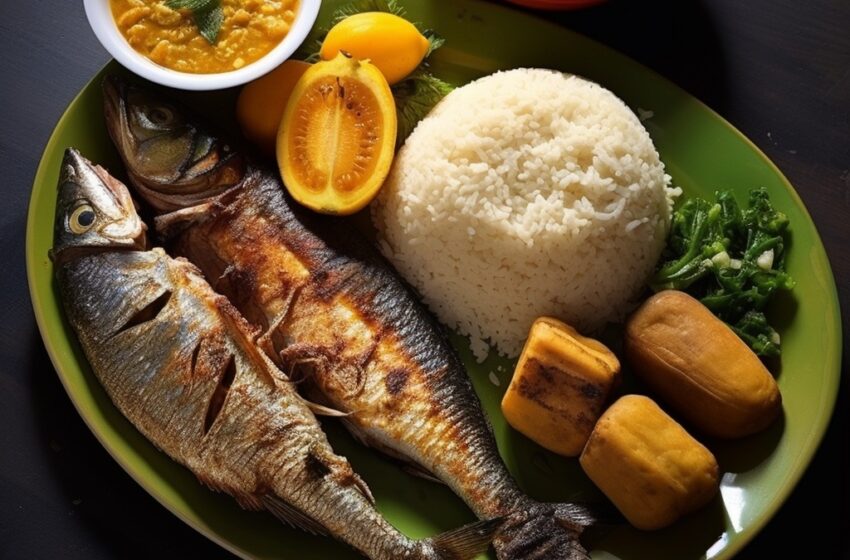
Angola, situated on the western coast of Africa, boasts a distinctive cuisine that is influenced by its geography, history, and traditions. Angolan food culture has been shaped by a variety of factors, including its location and its history of colonization by Portugal. In this article, we will give an overview of Angolan cuisine and highlight ten popular dishes, along with a brief history of each.
Overview of Angolan Food Culture and Cuisine:
Angolan cuisine is characterized by its use of fresh and locally sourced ingredients, including meat, fish, vegetables, and spices. The cuisine is heavily influenced by Portuguese and Brazilian flavors, as well as traditional African ingredients and cooking techniques. Popular dishes in Angola include stews, soups, and casseroles made with meat or fish and served with rice or funge, a starchy porridge made from cassava or cornmeal.
Angolan cuisine often features beef, chicken, fish, and seafood, along with a variety of vegetables, such as onions, tomatoes, and peppers. Additionally, the cuisine incorporates a variety of spices and herbs, including garlic, paprika, and bay leaves. Bread is also an important staple in Angolan cuisine, with pão (bread) being a popular choice.
Traditionally, Angolan meals are shared and eaten communally, with the family gathered around the table. The cuisine is characterized by its use of slow-cooking methods and hearty portions, making it a great comfort food for the colder months. Angolans also have a strong coffee culture, with the country producing some of the finest coffee beans in Africa.
Angola's Top 10 Dishes are:
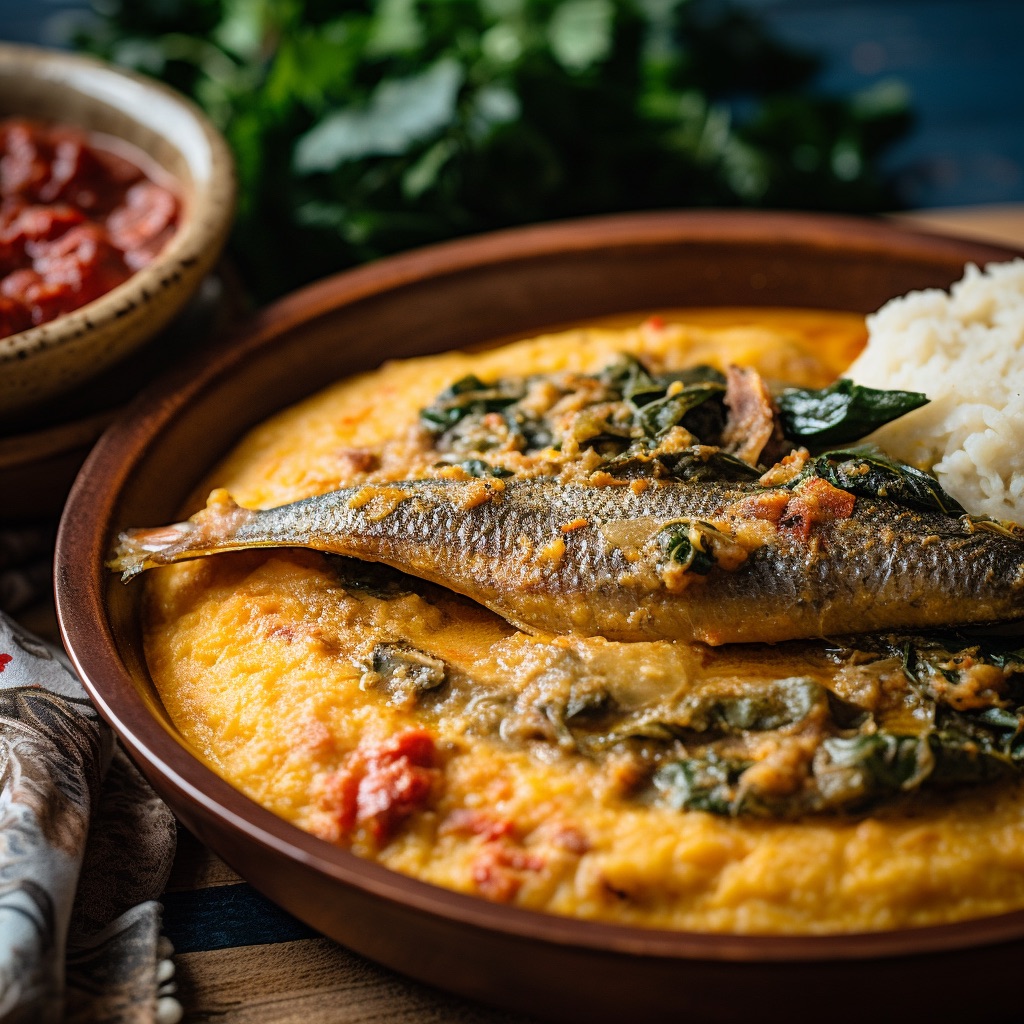
1- Calulu:
Calulu is a traditional Angolan dish made with dried fish, okra, onion, and tomatoes. The ingredients are stewed together and served with a side of funge, a cornmeal porridge. Calulu has been a staple of Angolan cuisine for centuries and is often enjoyed as a hearty meal. Calulu has its origins in the traditional cuisine of the Bantu people who live in Angola.
2- Muamba de Galinha:
Muamba de Galinha is a chicken stew made with palm oil, onion, tomato, and spices. The dish is slow-cooked to ensure the chicken is tender and flavorful. Muamba de Galinha is a popular dish in Angola and is often served at special occasions and celebrations. Muamba de Galinha is a popular dish in Angola and has its roots in the traditional cuisine of the Mbundu people.
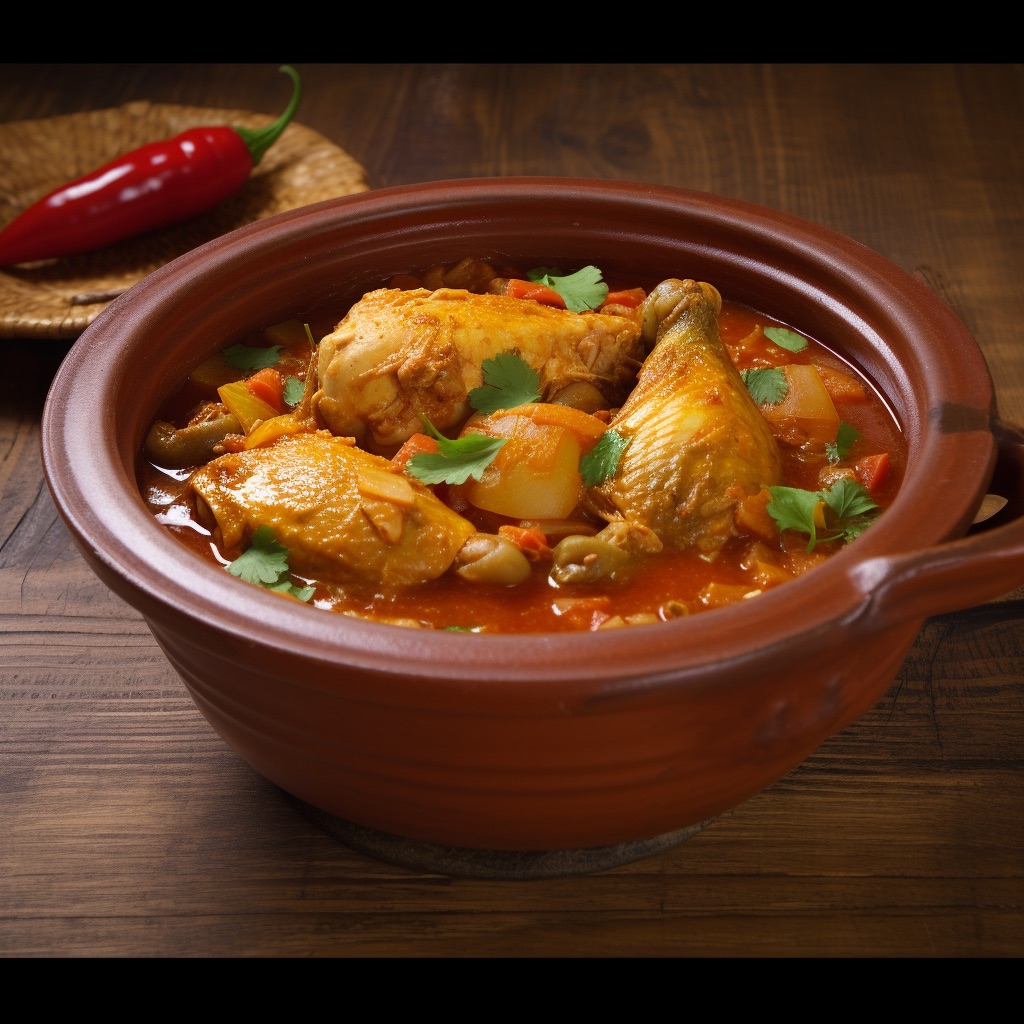
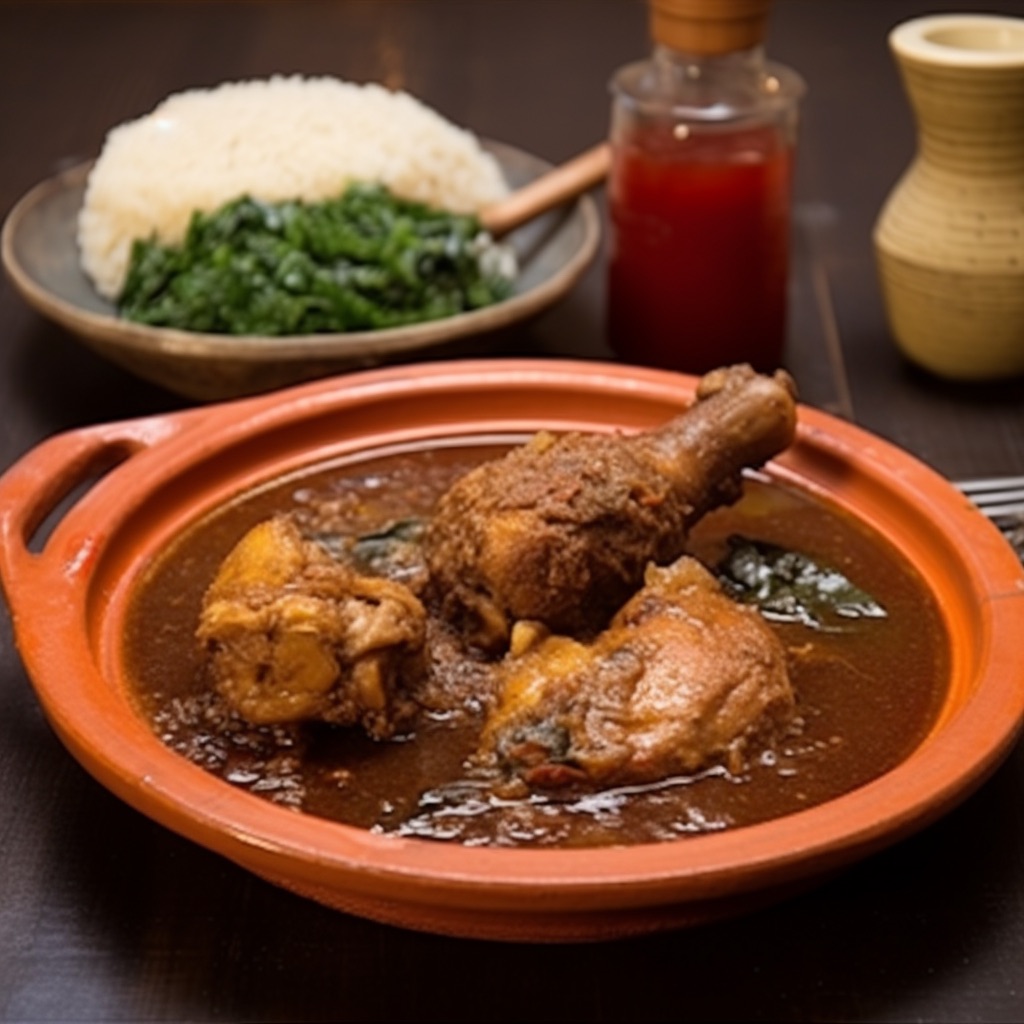
3- Cabidela:
Cabidela is a traditional Angolan stew made with chicken or rabbit and blood. The dish is typically served with rice and is a hearty and flavorful meal. Cabidela has its roots in Portuguese cuisine and was introduced to Angola during the colonial era. Today it has become a popular dish in Angola.
4- Moqueca:
Moqueca is a fish stew made with coconut milk, palm oil, and spices. The dish is popular in the coastal regions of Angola and is often served with rice or funge. Moqueca is a flavorful and hearty meal that has been enjoyed in Angola for centuries. Moqueca is a dish that has been enjoyed in the coastal regions of Angola for generations. The dish is believed to have been brought to Angola by Brazilian slaves who were taken to the country in the 16th and 17th centuries.
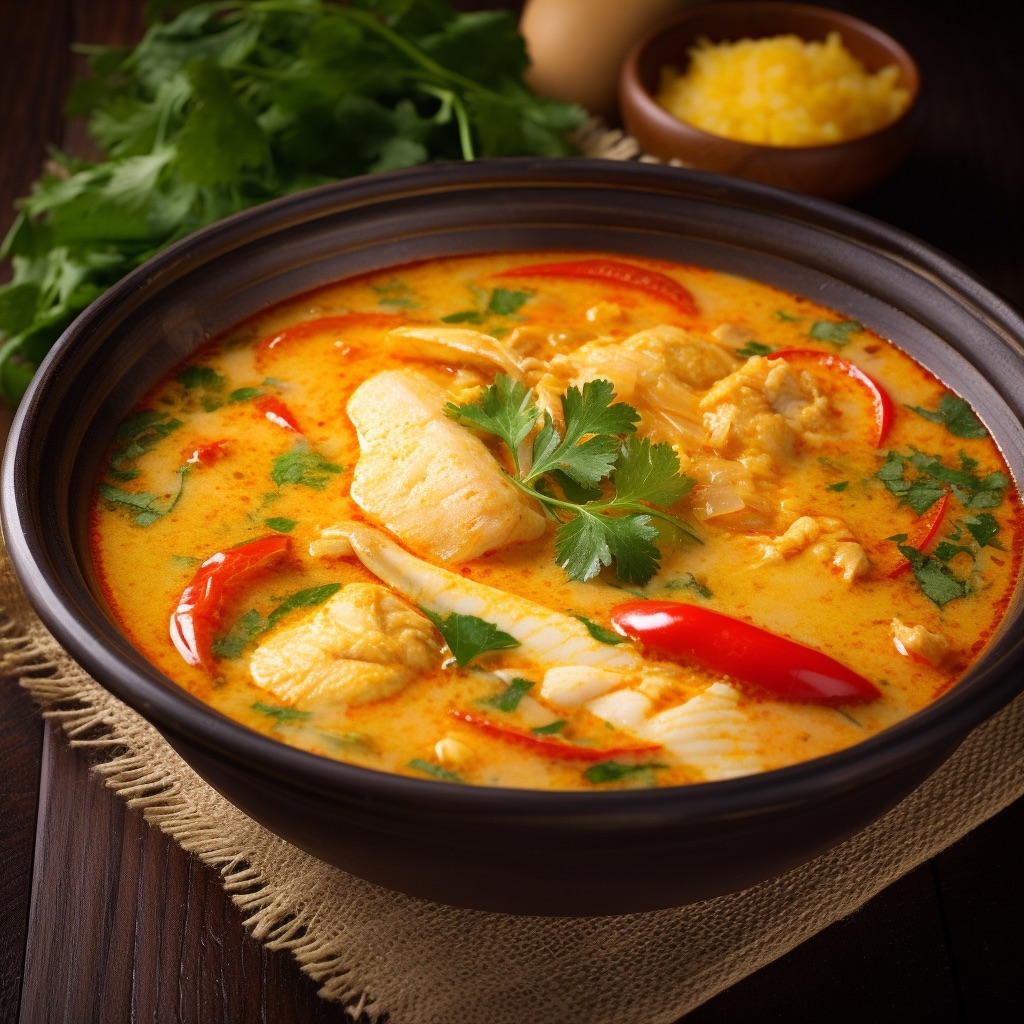
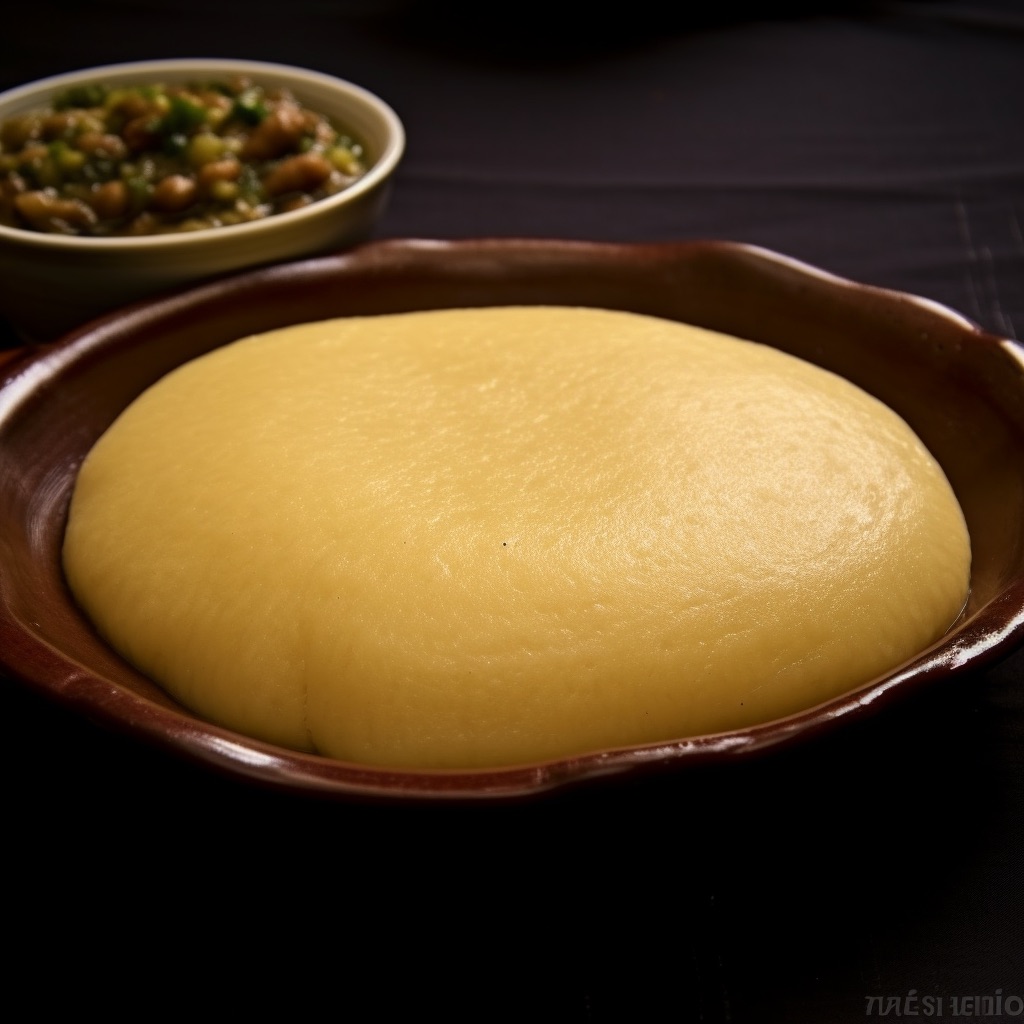
5- Funje:
Funje or Funge is a cornmeal porridge that is a staple in Angolan cuisine. The porridge is often served with a variety of stews and sauces, and is a filling and satisfying meal. Funje is a simple yet delicious dish that has been enjoyed in Angola for centuries. It is believed to have been created by the Bantu people, who have lived in the region for thousands of years.
6- Carne de Porco à Alentejana:
Carne de Porco à Alentejana is a pork and clam stew that has its roots in Portuguese cuisine and was introduced to Angola during the colonial era. The dish is popular in Angola and is often served at family gatherings and special occasions. The pork and clams are cooked together with onion, garlic, and spices to create a flavorful and hearty stew.
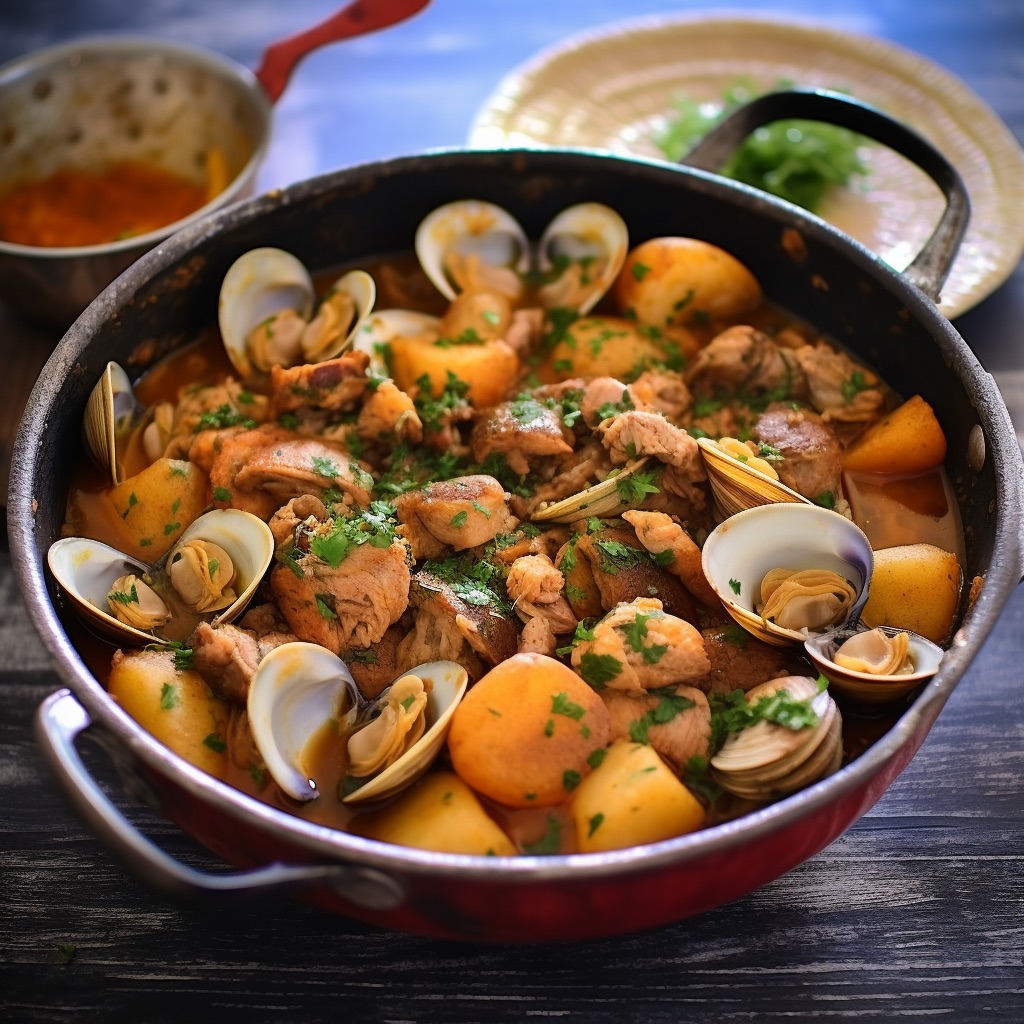
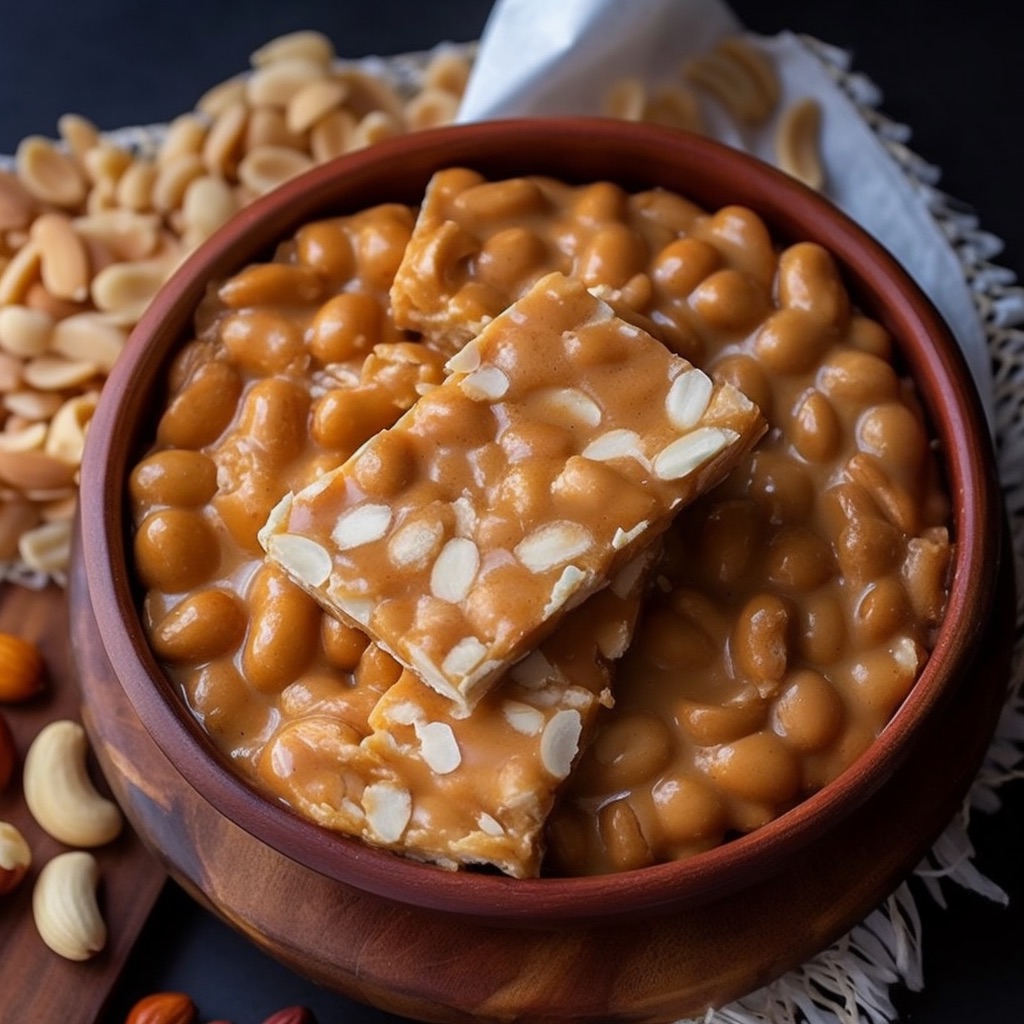
7- Pé-de-Moleque:
Pé-de-Moleque is a traditional Angolan dessert made with peanuts, sugar, and water. The mixture is cooked until it thickens and is then poured into a mold to cool. Pé-de-Moleque is a sweet and satisfying dessert that is often enjoyed with coffee or tea. The dessert is believed to have been created by the Mbundu people, who have lived in Angola for centuries.
8- Arroz de Marisco:
Arroz de Marisco is a seafood rice dish that is popular in Angola. The dish is made with a variety of seafood, such as shrimp, mussels, and clams, and is seasoned with onion, garlic, and tomato. Arroz de Marisco is a flavorful and satisfying meal that is often enjoyed with a glass of wine. Arroz de Marisco is a seafood rice dish that has its roots in Portuguese cuisine. To some, the Arroz de Marisco may seem similar to the famed Paella and there could be some connection that we are yet to discover.
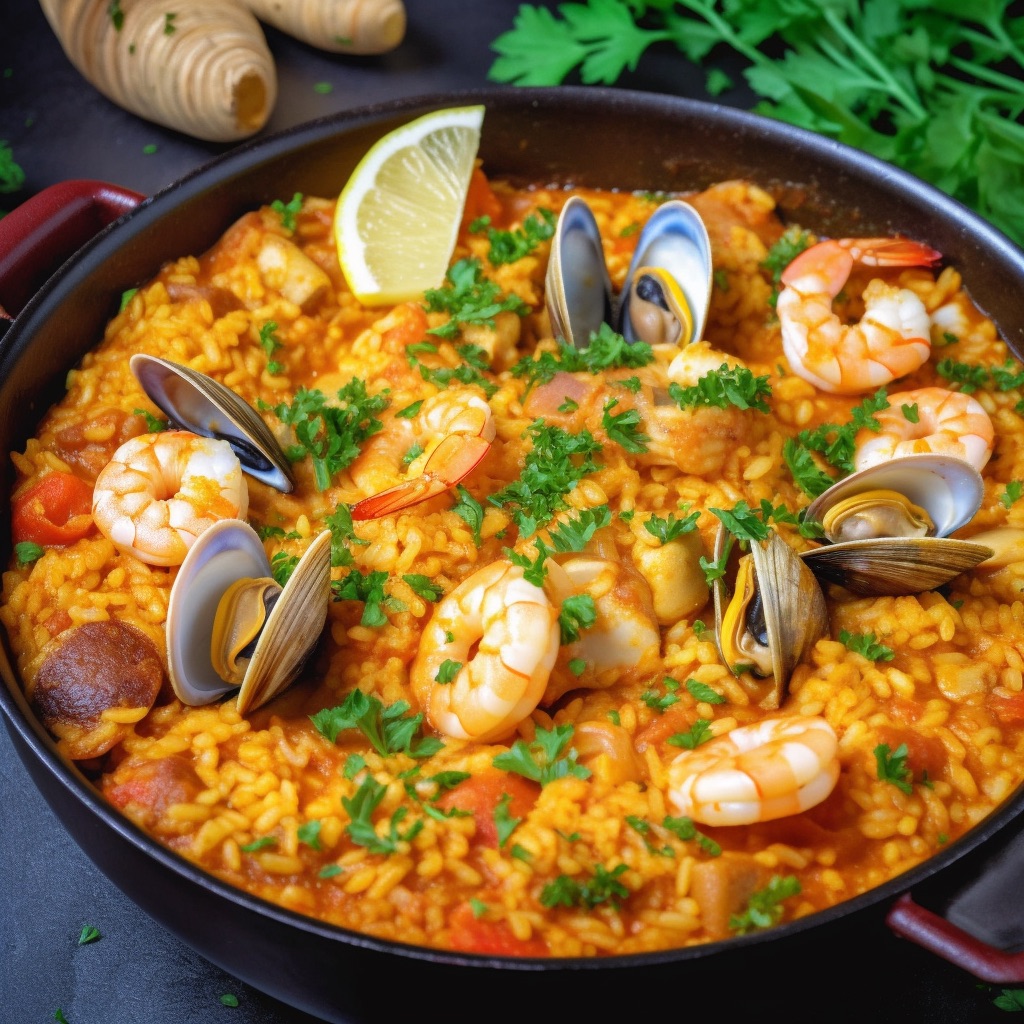
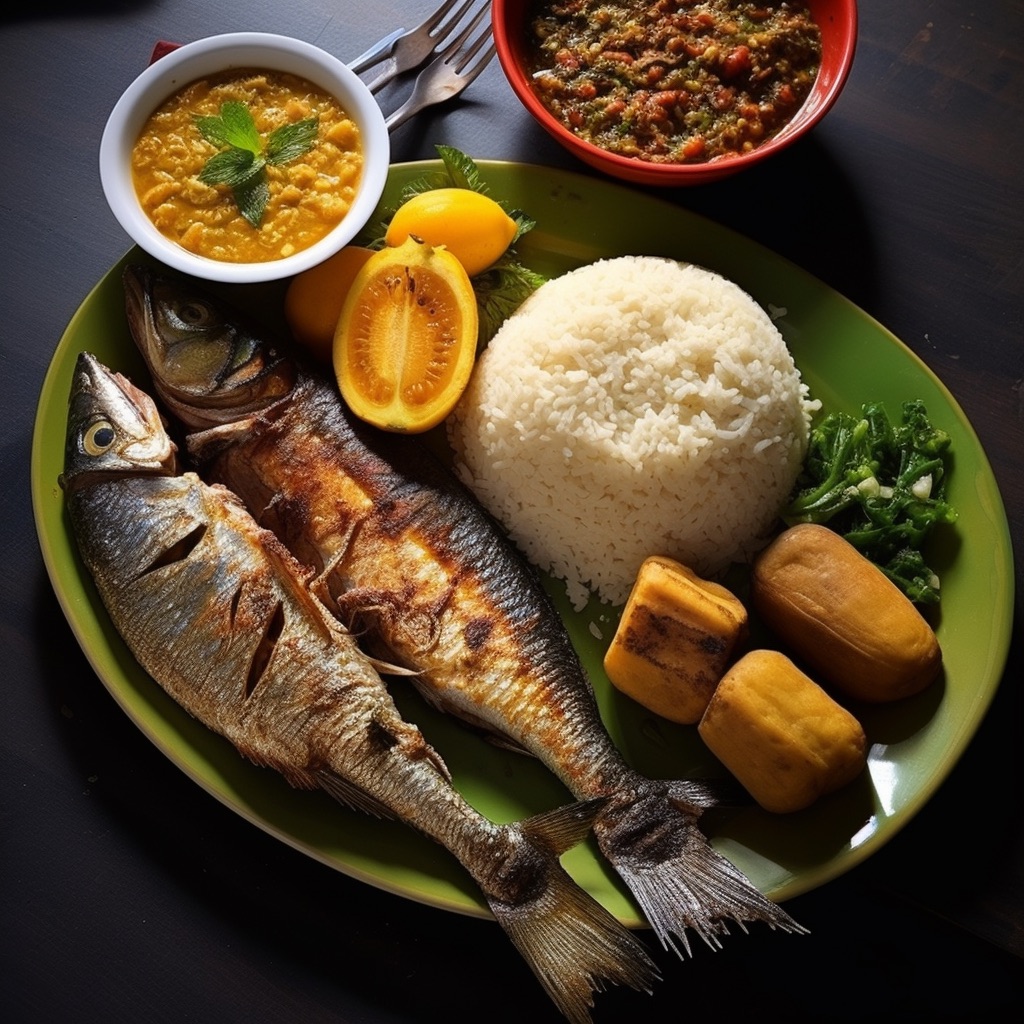
9- Mufete:
A traditional Angolan dish that is typically served at weddings and other special occasions. Mufete is made with grilled fish or chicken and a variety of side dishes, such as rice, beans, and vegetables. Mufete is a hearty and delicious meal that has been enjoyed in Angola for generations.
10- Galinha à Cafrial:
Galinha à Cafrial is a chicken dish that is seasoned with a variety of spices, including paprika, ginger, and garlic. The chicken is then pan-fried until crispy and served with a side of rice or funge. Galinha à Cafrial is a flavorful and satisfying meal that is often enjoyed at family gatherings and special occasions. The dish is believed to have been created by the Bantu people, who have lived in the region for thousands of years, and has become a popular meal in Angola.

Final Thoughts on Food in Angola
Each of these dishes has a unique historical background that reflects Angola’s cultural heritage. For instance, Funge, a traditional Angolan dish which is a cornmeal porridge that accompanies almost every single dish in Angola and has been a staple for centuries. Mufete a traditional Angolan dish that is typically served at weddings and other special occasions. And Arroz de Marisco a seafood rice dish that is popular in Angola and closely resembles the world-famed Paella from Spain.
In conclusion, Angolan cuisine is a diverse and rich cuisine that reflects the country’s cultural heritage and colonial depth. From Moqueca to Cabidela and Calulu, each dish has its own story and reflects Angola’s rich culinary traditions.